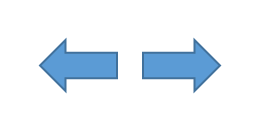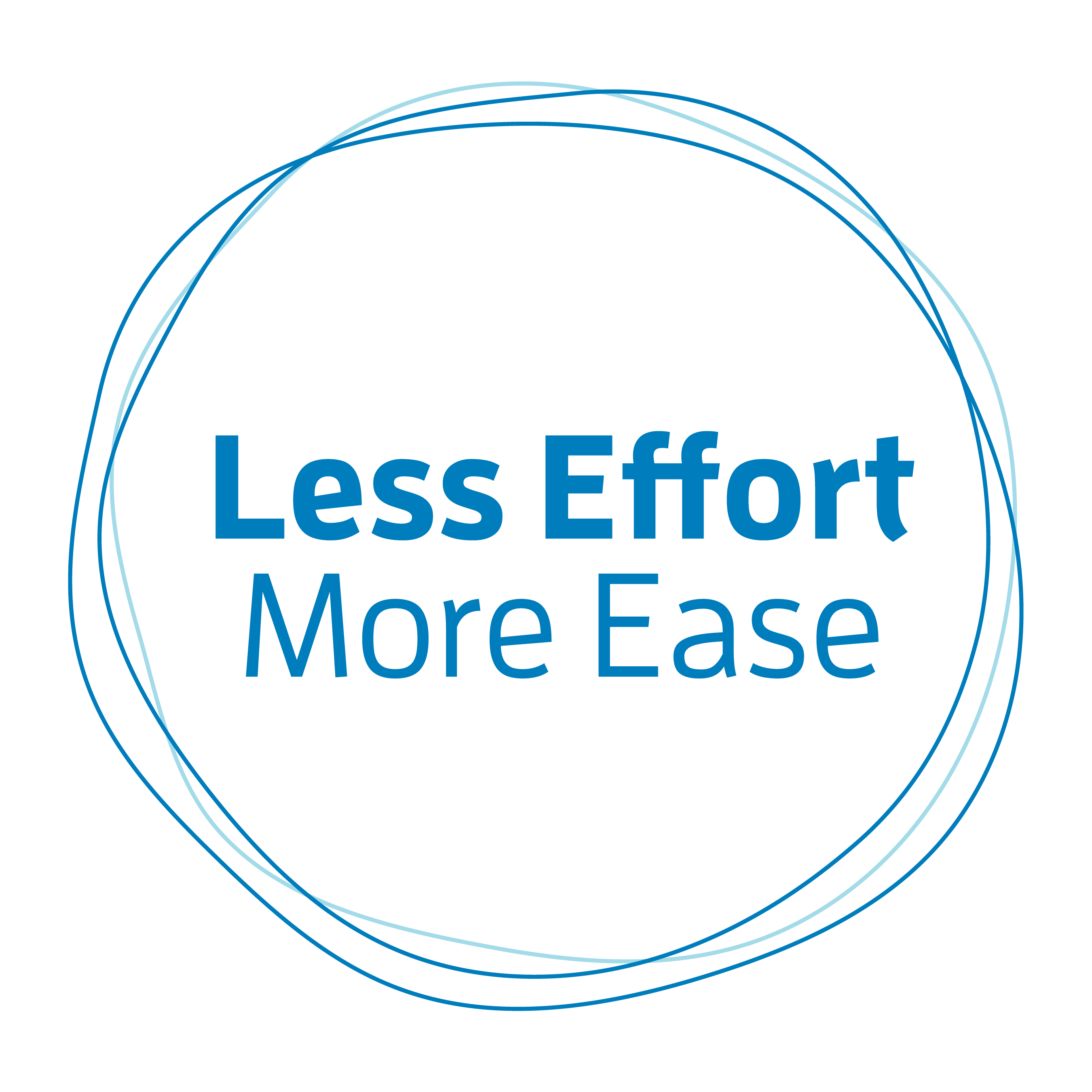“Good posture is spready instead of squished,” is the sage advice of my colleague Lindsay Newitter’s 9-year-old daughter.
The 9-year-old’s quote was part of an article on stress, posture, and the Alexander Technique that appeared in the New York Times last August.
How do you think of good posture? Often we think of an optimal shape or position we need to get into instead of a quality, such as a quality of being more “spready”, to quote my colleague’s daughter again.
But how do you achieve a more “spready” quality to your posture?
Certainly not by trying to stand up straight, stiffening your back and neck and pulling your shoulders back and down.
That approach will lock you into a position. Positions tend to be held and don’t allow for movement or “spreadiness”.
An alternate approach for working toward being more “spready” is to focus on some relationships in your body.
Try this little experiment for yourself:
First, define where Down is by pointing. So we are on the same page, Down is toward the floor or the earth. Now, define where Up is by pointing. Up is always the opposite of Down.
Now go for a walk three times. Try each walk for at least 20 seconds, preferably 30 seconds.
- The first time I want you to think of your feet Down and your head Down.
- The second time I want you to think of your feet Up and your head Up.
- The third time I want you to think of your feet Down and your head Up.

Try this with a friend so you can share your experiences.
The third walk, thinking of your feet Down and your head Up, is practicing thinking of Space Between. Space Between your head and your heels.
When you think of Space Between, you are inviting yourself to be more expansive, a more common word for “spready”.
You can also experiment with thinking of your shoulders in this way.
Replace the ubiquitous instruction to pull your shoulders back and down with a gentle invitation to allow your right shoulder to tend away from your left shoulder. Allow your right shoulder to point to the right and your left shoulder to point to the left.

If I am giving a visual to a student I often indicate how to think in this way by using arrows, like the illustrations above.
Arrows do not indicate a fixed end position but a specific direction you want something to tend towards or tend away from. Just as an arrow points, you can think of pointing the top of your head and your heels away from each other. You can think of pointing your right shoulder away from your left shoulder.
Thinking about your posture in this way is a process for achieving more “spreadiness”.
So if want to think about your posture, focus on thinking about the Space Between and bring some more “spreadiness” into your day.
Photo: Helen Sushitskaya/Shutterstock.com




